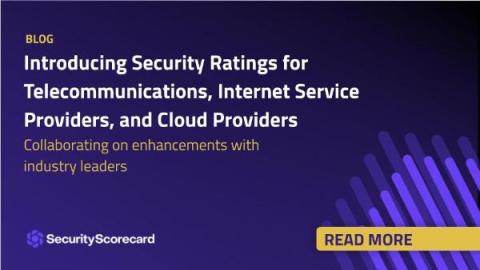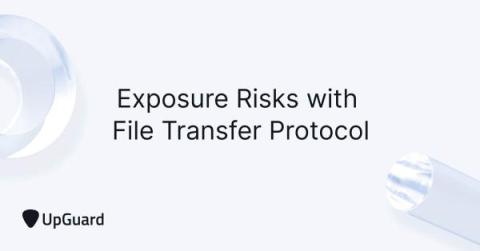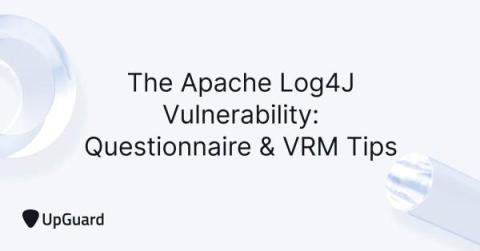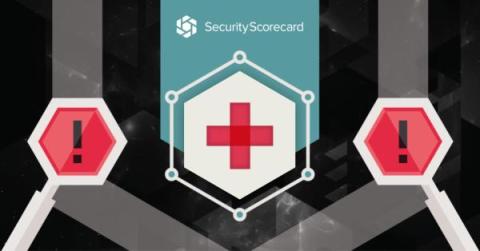Security | Threat Detection | Cyberattacks | DevSecOps | Compliance
Risk Management
Automating Extension Risk Assessment and Permissions
Using Amazon SageMaker to Predict Risk Scores from Splunk
Introducing Security Ratings for Telecommunications, Internet Service Providers, and Cloud Providers
Telecommunications, Internet Service Providers, and Cloud Providers are some of the most critical sectors on the planet. They enable global connectivity, provide access to a wealth of information in real time, and transform business operations. As the foundation of modern communication, these industries have ushered in countless innovations and propelled society forward.
Exposure Risks with File Transfer Protocol (FTP)
Bitsight Delivers Enhanced Analytics on IT Infrastructure Service Providers
5 Compliance and Governance Happenings That Will Drive Exposure Management in 2024
The Apache Log4J Vulnerability: Questionnaire & VRM Tips
5 Considerations for an Effective Healthcare Risk Management System
The healthcare industry is no exception to the rapid levels of transformation we’re seeing across multiple industries right now. As more facilities begin to leverage electronic health records (EHRs) and internet-connected medical devices for patient care, organizations are becoming more reliant on advanced technologies. While these changes have helped advance patient care in many ways, they have also introduced the healthcare sector to greater levels of risk.








